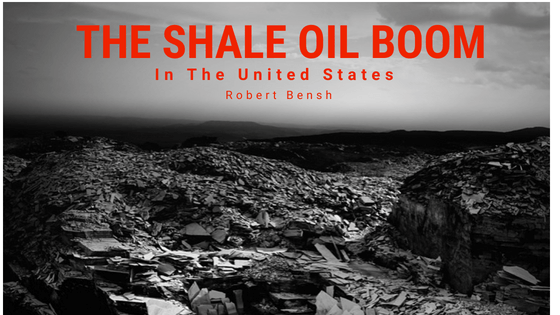The shale oil boom in the United States took place as the result of a unique confluence of historical circumstances. This newfound source of oil has helped the United States become nearly energy independent, with estimates that, as of this year, the importation of foreign oil will only account for about 35 percent of total crude oil consumption in the United States. Let’s take a look at three of the reasons that the shale oil boom has become the driving force behind U.S. oil production.
The oil was always there, but the technology to extract it wasn’t.
The major oil companies of the United States had long known about deep reserves of so-called hard oil going back decades. But it wasn’t until the 2000s that some of the technologies necessary to economically extract these resources first started becoming available. The science of hydraulic fracturing, known as fracking, was perfected. At the same time, companies like Nabors Industries began rolling out highly automated drilling rigs that could safely and efficiently drill not just down but laterally through the tough shale rock. These automated platforms, which required only a small fraction of the resources of older systems, enabled economic extraction of hard shale oil for the first time.
Rising oil prices far exceeded the break-even point.
Throughout the 2010s, oil prices began rising as the cost of extraction was falling. This meant that for the first time in history, drilling shale deposits became not just economically feasible but wildly profitable, ultimately leading to one of the largest oil booms in U.S. history. Roughnecks, oil companies, and all the infrastructure that supports them rushed to the Bakken Shale formation in North Dakota, transforming that state into one of the most productive oil centers outside of the Middle East.
Low-interest rates ensured a constant flow of cash
At the same time, interest rates broke through historic lows causing both institutional and private investors to go chasing returns wherever they could be found. The sudden boom in oil left many of the major oil companies needing vast quantities of new equipment and employees. This need was happily met by investors across the globe, who were enticed by the seemingly guaranteed high returns offered by oil-related bonds, allowing the companies to ramp up their production infrastructure quickly.
